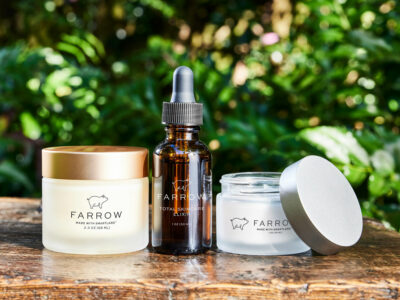Many of us are familiar with growing a fall or winter garden to have crops that we can store and eat throughout the winter months. These crops generally need to get us through until harvest season the following spring and summer. What if there were more crops we could grow beyond root vegetables, potatoes, onions and winter squashes to fill our plates?
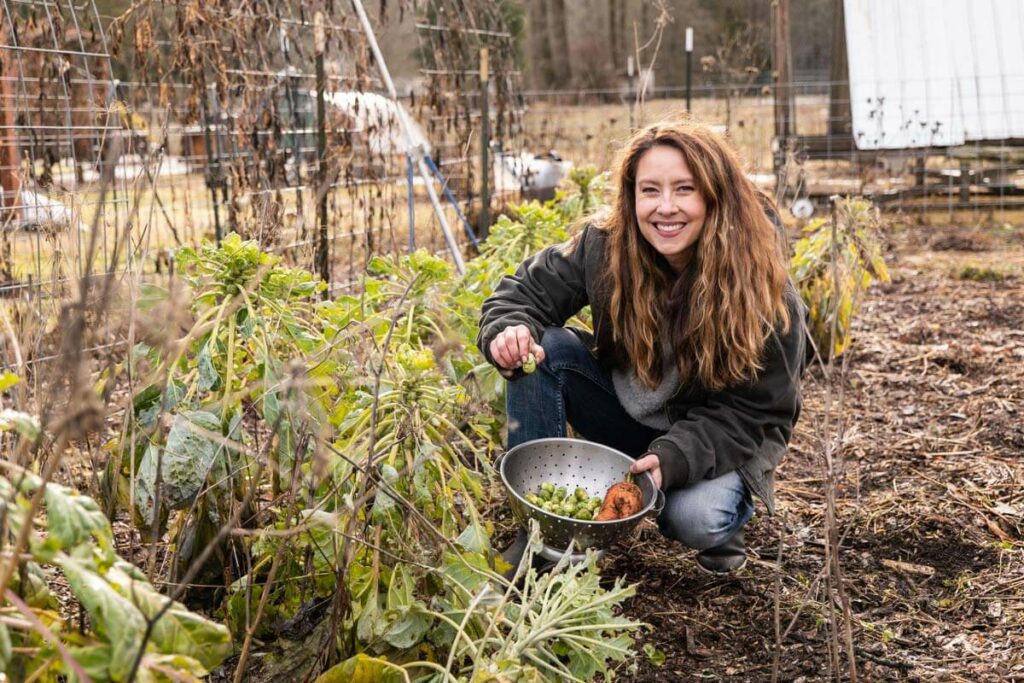
In this podcast, episode #454 with Don Tipping, we’re discussing some lesser-known varieties of crops that we can grow that can store well into the winter months.
I love having Don on the podcast because he’s a wealth of knowledge and one of the only people I know who has been gardening and homesteading in the same location for over 25 years.
There’s a lot of information you gather about a place when you’ve lived there that long, along with many of the changes that have occurred.
About Don Tipping
Don Tipping has been farming and offering hands-on, practical workshops at Seven Seeds Farm since 1997. Seven Seeds is a small, certified organic family farm in the Siskiyou Mountains of SW Oregon. They produce fruits, vegetables, seeds, flowers and herbs while also raising sheep and poultry.
In 2009, they began Siskiyou Seeds, an organic seed company that grows and stewards a collection of over 700 open-pollinated flower, vegetable and herb seeds.
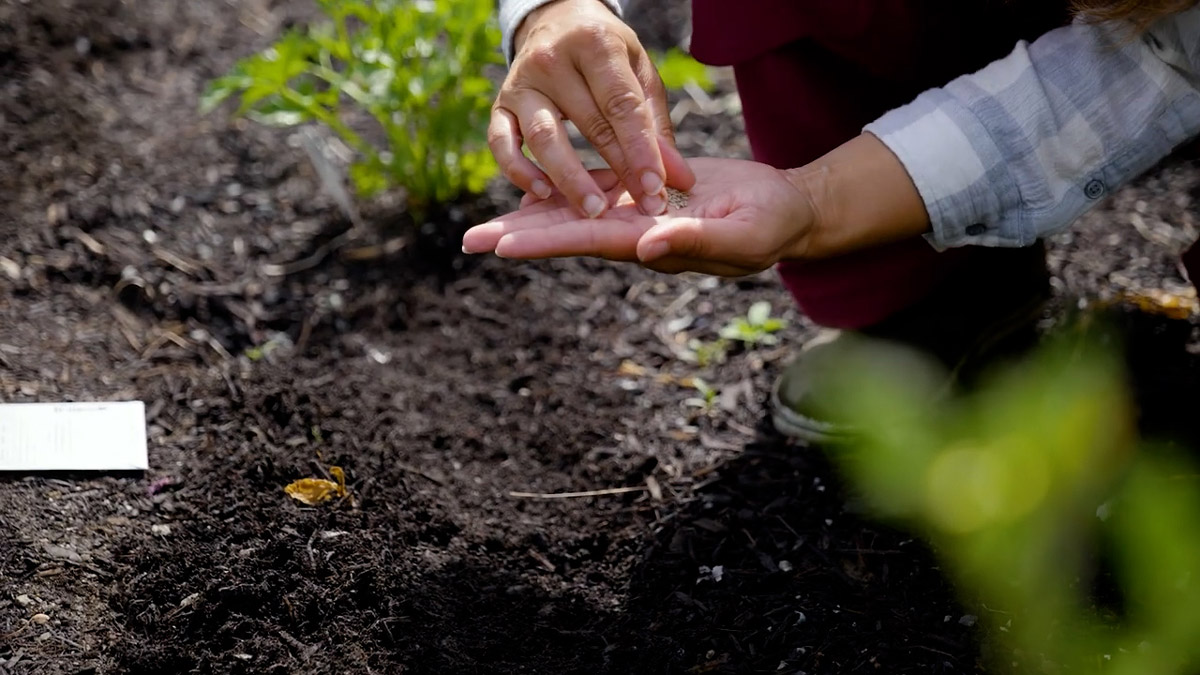
The History of Seed Saving
Our ancestors have saved seeds for generations and grew beautiful and productive gardens long before seed companies and garden supply stores were a thing. The way they did this was to grow a crop and taste it, then save the seeds from the tastiest crops.
Likewise, if they were trying to grow crops for long-term storage, they would harvest their crop and save the seeds from the crops that lasted the longest.
Low-Maintenance Gardening
Don shared a little bit about his friend who is experimenting with dry farming, meaning planting crops and watering them enough to get them going, then leaving them alone to grow and produce a harvest.
I even remember years ago when my dad would grow a garden that he watered it very little. He also had much less pest pressure than we seem to experience today.
When talking about this with Don, he mentioned how we have babied our crops so much that we need all these different inputs (sprays, row covers, etc.) in order to grow a successful harvest.
In the past, crops were grown, and pests would essentially weed out the varieties that weren’t strong enough to withstand the pressures until all you got was an extremely resilient seed strain.
It’s certainly a different way of considering how we’re growing our food and whether we’re growing to suit our taste buds, or growing for our climate and a surplus.
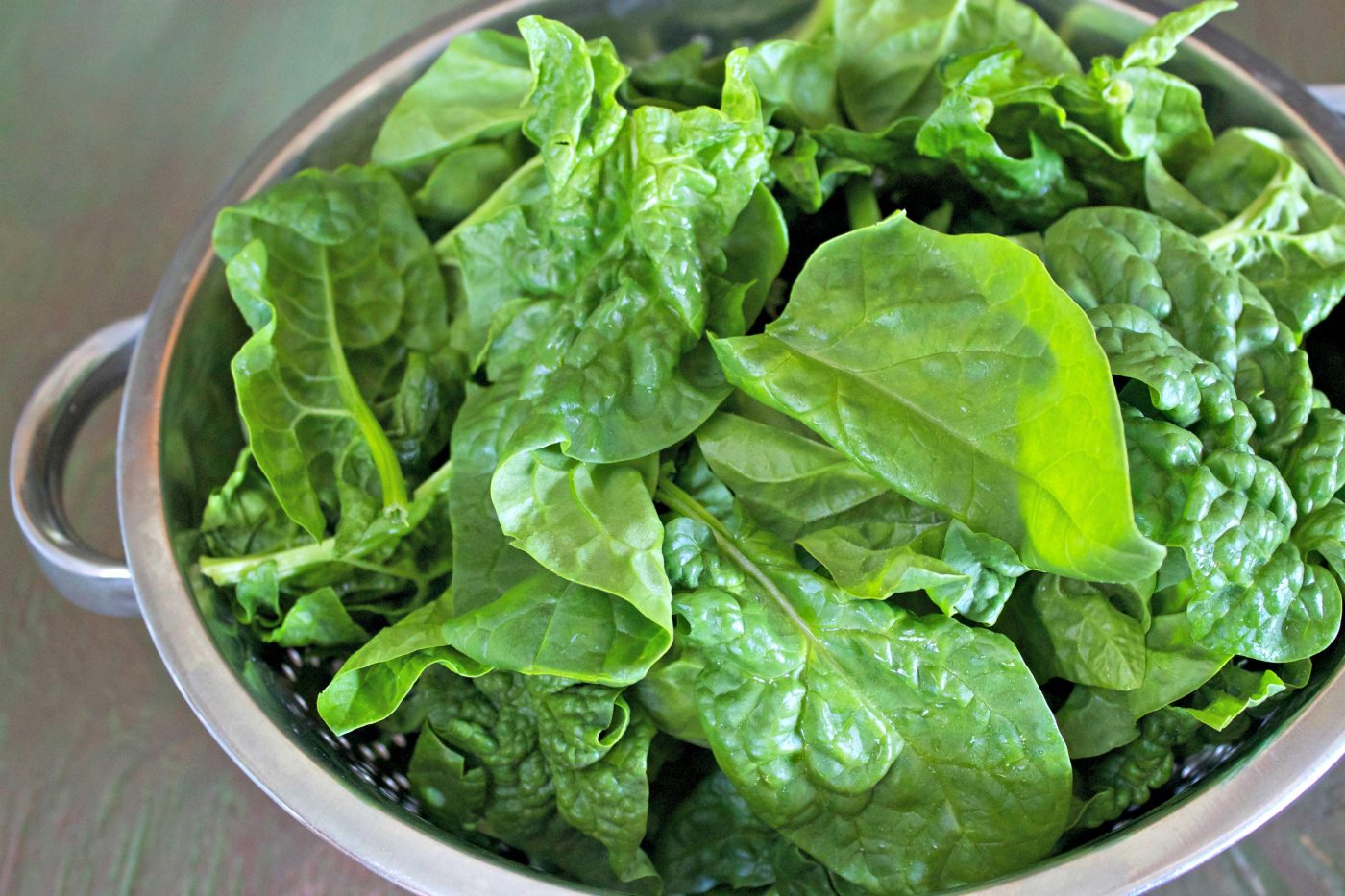
Changing Our Tastes
Imagine if California stopped shipping groceries out to the rest of the United States. What would you be able to find in your grocery store in the dead of winter?
Crops like radicchio, chicory, endive, spinach, cabbage, etc. These are winter lettuces that store well in the garden through extremely cold weather (down to zero degrees Fahrenheit).
If we can change our palettes to enjoy these foods and learn how to get more creative in how we prepare these foods so they taste incredible, we can grow and enjoy our own homegrown food throughout the winter.
Furthermore, we can grow storage varieties of more crops than just root vegetables. We’re all used to growing and storing root vegetables and winter squash, but we don’t think about crops like tomatoes as being a good storage crop.
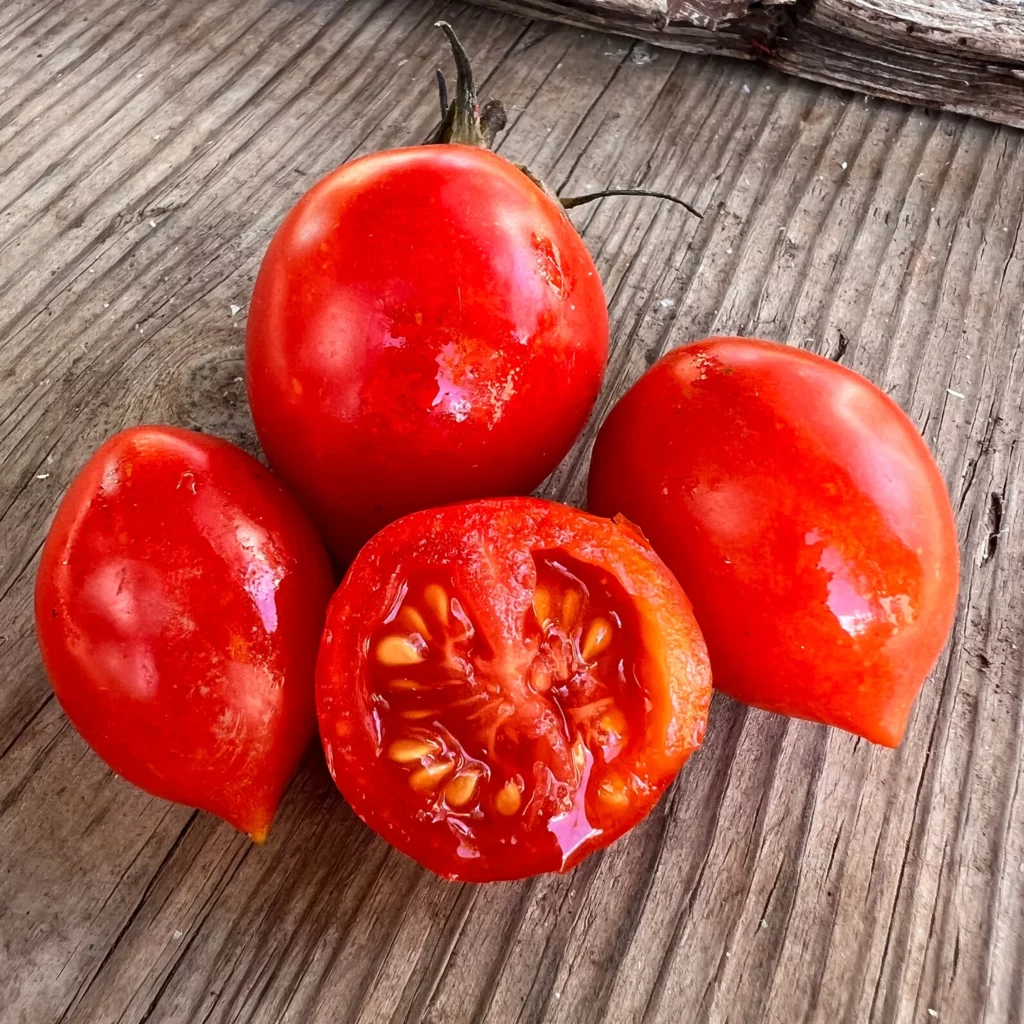
Storage Tomatoes
If you’re reading that title and thinking, “There’s no such thing as a storage tomato,” you and I would be on the same page! I had never heard of such a variety of tomatoes that were good storers.
I’m lucky to get a week out of my tomatoes if left at room temperature, let alone a couple of weeks in the refrigerator. So hearing about a variety that can be stored for upwards of six months in some cases was super intriguing!
Don shares that the varieties he’s tried are out of Italy. It’s like a saladete style of tomato, a little larger than a cherry tomato, but much smaller than a traditional slicing or paste tomato.
Sugars are what make tomatoes taste sweet, but it’s also what makes the tomatoes decompose or rot. These storage varieties are lower in sugar and closer in flavor profile to a paste tomato.
Don offers two storage varieties of seeds on his website: Tomato, de Colgar Bombeta, and Tomato, Penjar Songil. He has a very limited quantity of both, so be sure to grab yours as soon as you can!
These tomatoes are grown very similarly to any other tomato variety, but once the tomatoes have ripened, you harvest the entire branch or grouping of tomatoes (they grow more in a cluster or a bunch). These groupings of tomatoes, still on their vine, can then be hung and enjoyed for upwards of six months.
Listen in to the rest of the podcast for great tips on common ancestors of various plant families, other great storage crops like chili peppers, different squash varieties, growing more crops to enjoy fresh produce more of the year, etc.
Best Vegetables for Storing at Room Temperature
I’ve found I can keep the following vegetables at room temperature for close to a full year.
- Soft neck garlic
- Onions (Patterson keep the longest for me with the Blush variety right behind it)
- Winter Squash (Delicata and Butternut do well for me as well as Spaghetti squash)
- Chili Peppers (hot varieties tend to dry and store quite well at room temperature)

Where To Find Don
If you’d like to learn more, you can connect with Don and purchase seeds at Siskiyou Seeds, find out more about his Seed Academy and follow him on Instagram, Facebook and YouTube.
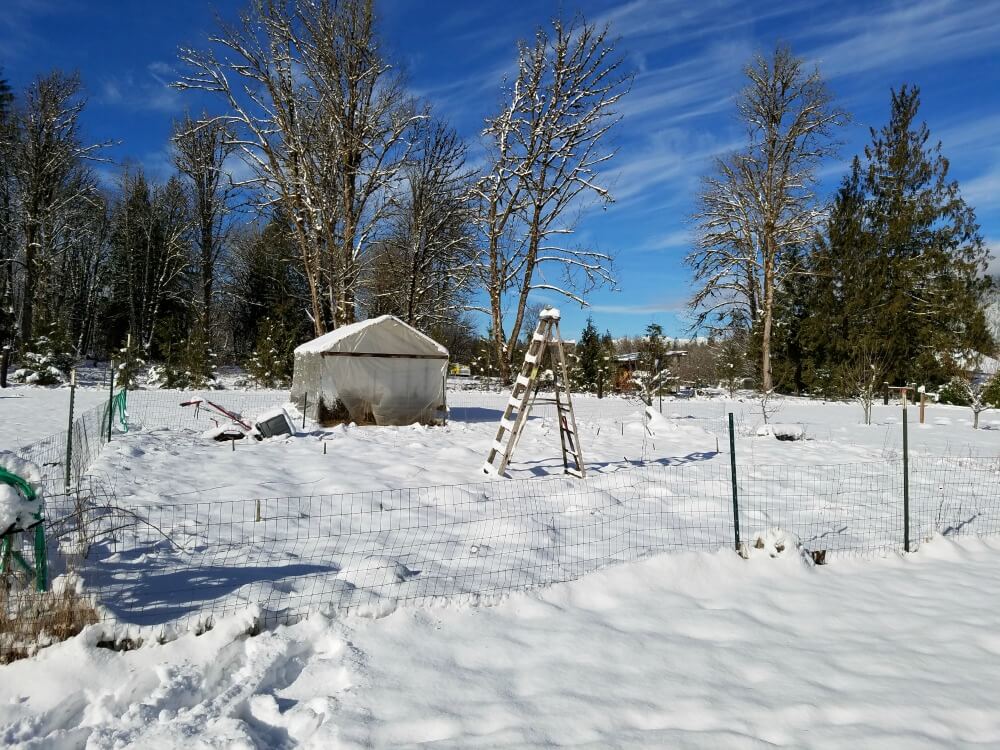
Other Gardening Resources
- The Family Garden Plan
- Tips to Get Your Homestead Ready for Winter
- The Family Garden Planner
- Plant Covers for Cold Weather Gardening – How to Grow Food Year-Round
- How to Improve Soil for Gardening – 3 Easy Tips
- No-Till Gardening Benefits & Getting Started
- Seed Packet Information – How to Read Seed Packets for Gardening Success
- Where to Buy Heirloom Seeds
- Small Space Vegetable Gardening
- Raised Bed Gardening Tips


